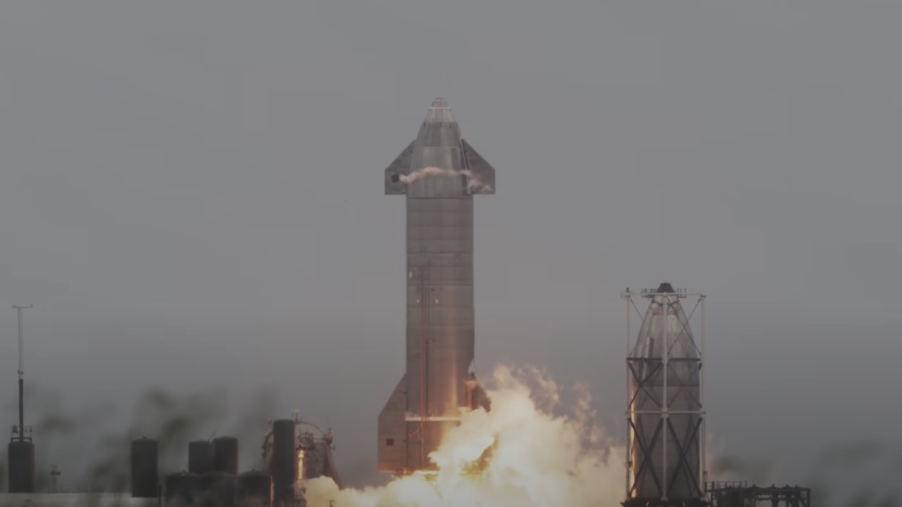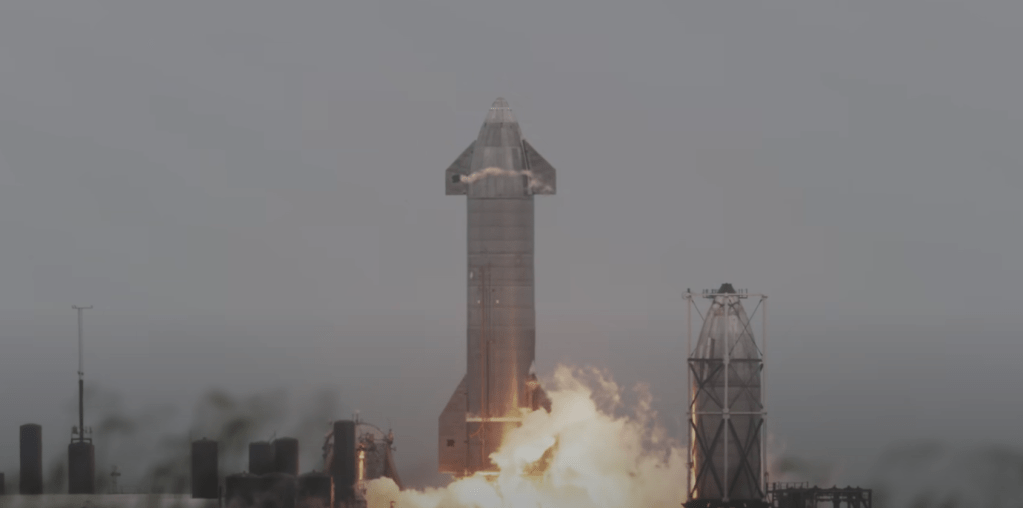
SpaceX Has Crashed a Lot of Starship Rockets: Here’s the Rundown
SpaceX is making headlines for launching its revolutionary reusable rockets, which are great. But all the successful Starship launches they have now are lined with failures throughout the company’s existence. Elon Musk has been a champ about most of them, looking ahead at what the SpaceX Starship can be rather than back at how many times they’ve crashed. But I like to learn from history, Space.com helped outline how things have evolved to get to where we are today.

The Starship is slightly different than the Falcon 9 and Falcon Heavy
Before we get into all the SpaceX Starship crashes, you ought to know what the difference between a Starship and a Falcon is. Sure, SpaceX launches both into space, the rockets are reusable, and they can deliver people and cargo far above the atmosphere. But to put it simply, the Falcon rockets are only designed to get things to orbit. That’s why they’ve been used on deliveries to the International Space Station.
The Starship, however, is a fully reusable ship designed to get people/things into orbit and beyond. They’re geared toward interplanetary missions, or trips back to the moon. And above all else, they’re more complex than even the Falcon Heavy, which can lift a fully loaded 737 into orbit. Because of the added complexity, and larger fuel tank, the Starships were incredibly prone to malfunctions.
So, without further ado, let’s look back at all the big explosions SpaceX has witnessed over the years.
SpaceX’s SN1, SN2, and SN3 were never launched
SpaceX’s Starship Number One, or SN1, was first lined up for a pressure test on February 28th, 2020. If successful, the test would prove that the rocket could be properly “gassed up” with cold fuels. After all, rocket fuel is dense to make sure you can pack as much of it into each tank as possible, and keeping the substance ice-cool is key to keeping it compact.
But rather than filling the rocket with fuel to test it, it’s cheaper to surround it in a cylinder and recreate the same temperatures the metal of the rocket will face. And if the test fails, it’s not a total waste of rocket fuel. While SN2 managed to pass this test, SN1 and SN3 did not, exploding under the extreme pressures of the cold temperature.
All that meant, however, is that engineers needed to build a stronger rocket. And SN4 managed to do just that. But the story doesn’t end here.
SN4 went up in a blaze of glory due to failed rocket tests
Imagine, for a moment, that you’re Elon Musk. Your SN4 rocket has successfully passed the cryo chamber test, and you’re ready to load it with rocket fuel. All this time you’re developing the raptor engines, making them powerful and efficient, and they’re finally ready to test. In fact, you test them five times, for over a minute (a long time in rocket terms), before the whole thing randomly blows up.
That’s about how the SN4’s story went, the most promising of the prototypes that made it the furthest in terms of development. On May 29, 2020, the shell went up in smoke, and the causes were unknown. However, SpaceX engineers kept moving forward and developed the SN5 and SN6, which worked… for the most part
SN5 and SN6 were slightly flawed, and SN7 was destroyed… on purpose?
What’s interesting here is that SN5 and SN6 were fairly identical. They each used the same engines (this time passing the engine testing), and performed the same test. In fact, they each made the 150-meter “hop” from one launchpad to another. It’s like watching a controlled Coke and Mentos experiment, where the bottle perfectly takes off and lands. Those two prototypes never exploded, but they weren’t perfect.
These prototype engines had a tendency to leak. In the 150 meter hops, the engines never faced enough stress to explode. That’s where the SN7 comes into play. The rocket was pushed to the max, and exploded in an exciting fiery ball, as planned. The best thing SpaceX could do moving forward was change the materials to make sure leaks were stopped, and then move on to the exciting part: launching the rockets for real.
SN8, SN9, and SN10 couldn’t stick the landing
SN8 was launched on December 9th, 2020, with the plan to get up to 7.8 miles, perform a “belly flop,” and then land. The belly flop sounds strange, but that’s the position the rocket would be oriented on an actual return from space. Therefore, it needed to be tested if the components could handle being oriented sideways, or if they too would break.
The SN8 achieved every goal, climbing to 7.8 miles and orienting itself into a bellyflop. It didn’t, however, stick the landing, crashing too fast on the landing pad. Elon Musk considered this a massive success, as “putting the crater in the right spot was epic.” The same ended up being true for SN9, which didn’t fly quite as high (6.2 miles), but crashed even harder.
SN10, however, failed the mission with excellent comedic timing. On March 3rd, 2021, it made the 6.2-mile flight, performed the sub-sonic belly flop, flipped upright, and even landed. But a few minutes later, after the dust had settled, the rocket went exploded. Though, from touchdown, it was clear something had gone wrong, as the craft was slightly on fire when it landed.
Right on the edge of greatness, the SN11 was poised to be the one. Unfortunately, it’s crash ended up being the worst out of them all.
SN11’s camera’s cut out above the landing pad
SN11 launched in the fog on March 30th, 2021, but who needs to see anything when the entire process is automated? Well, it would’ve been nice to see the explosion, but after the cameras cut out, the SN11 hit its landing pad. Only issue? It didn’t actually land.
Even before the cameras cut, “Something significant happened shortly after landing burn.” Those are Elon’s words, and they were certainly true. The engines were malfunctioning at takeoff and only got worse as the rocket neared its destination. The SpaceX launch narrator is now famous for his quick-witted quip, “Starship 11 is not coming back, do not wait for the landing.”
It was after SN11 that SpaceX took a step back. They’d crashed a total of eight Starships (one of which was on purpose), and sunk billions of dollars into the program. But after a couple of months, they finally hit the jackpot.
SN15 did what all the other starships couldn’t
On May 5th, 2021, the 60th anniversary of launching the first American into space, SN15 successfully launched and landed without any explosions. All those previous attempts led up to a reusable, interplanetary rocket. They laid the groundwork, one explosion at a time, and the SN15 delivered on its lofty promise.
To many, it looked like a series of senseless explosions and billions of wasted dollars. And in some ways it was. The Starship has only made four reflown flights in its existence, whereas the Falcon 9 has made 65. But one day, when spaceflights don’t cost millions of dollars, it could pave the way to interplanetary travel just like in the movies. But for now, SpaceX is keeping its feet on the ground, and its eyes on the Starships.


